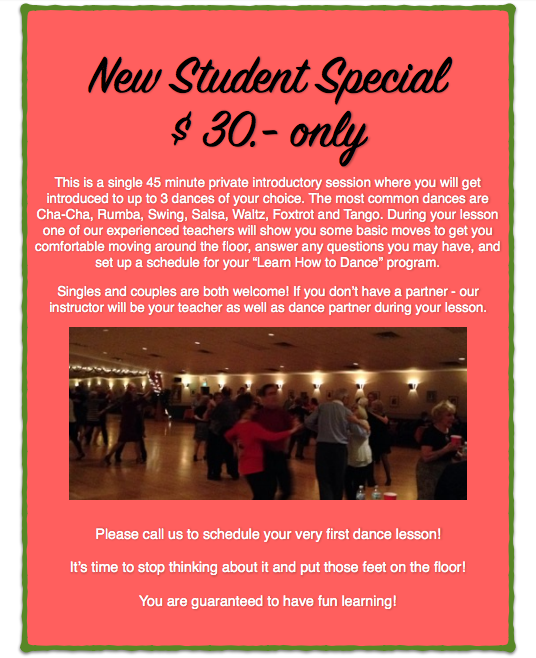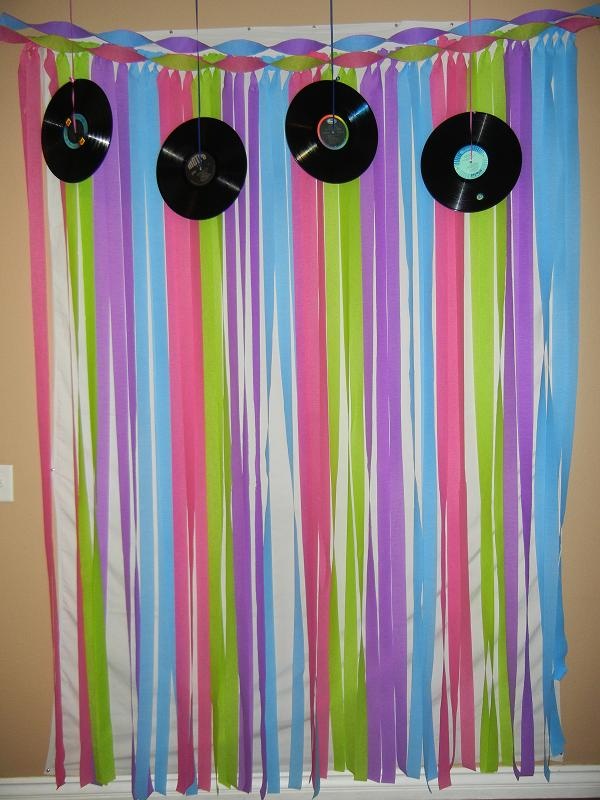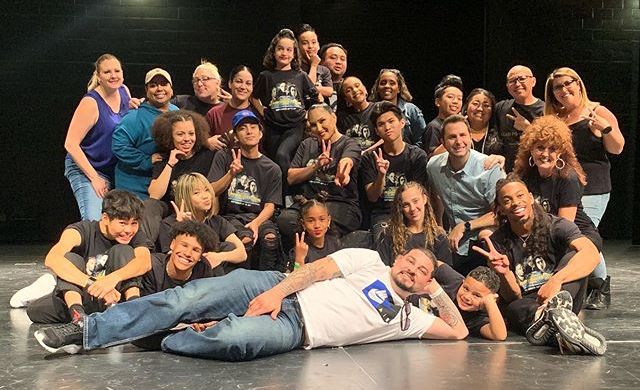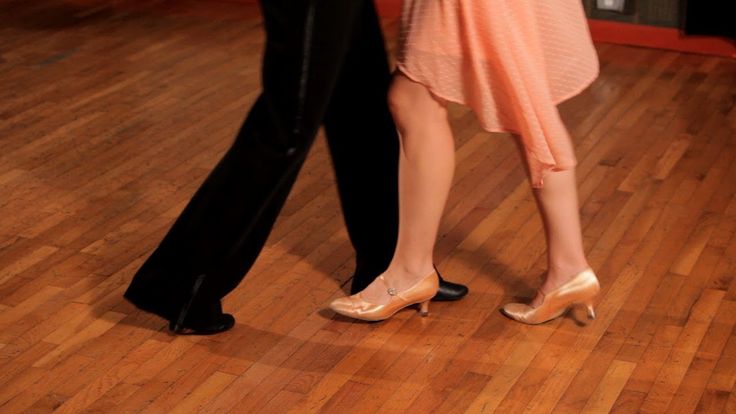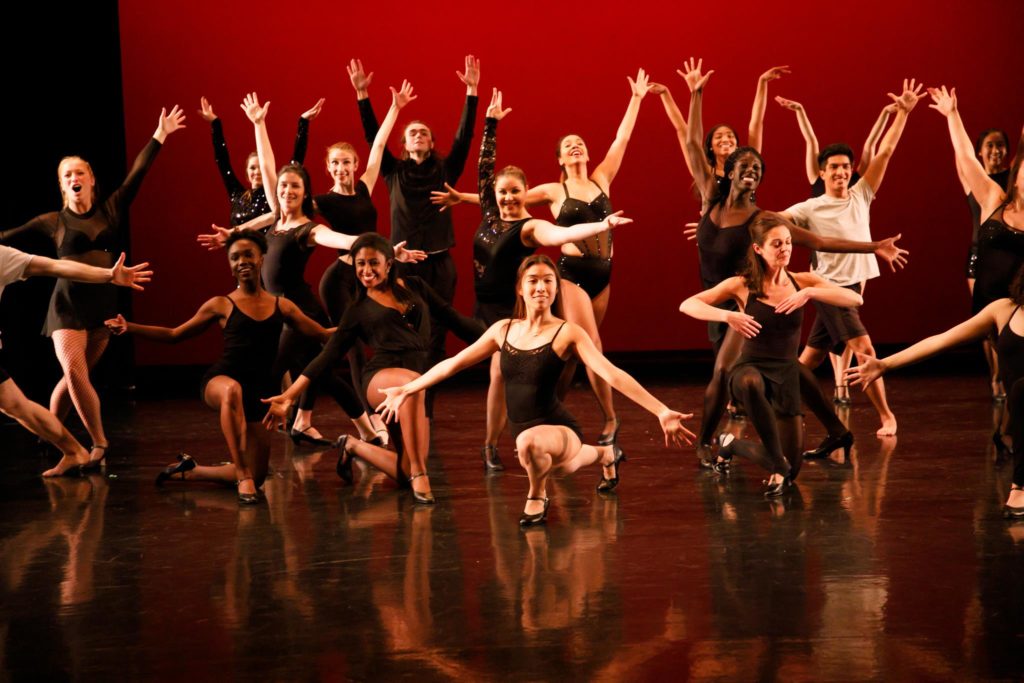How are dance competitions scored
Scoring Process
Scoring is very commonly misunderstood by competitors and friends and family every year, so we've built this page to help highlight the process we use to place dancers in our competitions.
Scoring is not a process of adding together judges marks and the lowest wins. At World Dance Masters, we use the Relative Placement system for the scoring of our competitions. This Relative Placement Scoring System is a global system used by the majority of dance organisations - including ballroom, swing, and street dance.
Scoring can be quite complicated - especially when the standard of dance is so high as it is at World Dance Masters. Below is a brief overview of how the Relative Placement System works. For a more detailed look, with examples, we recommend taking a look at this fantastic overview produced by the Swing Dance Council.
Scoring Individual Dances
The scoring of individual dances is based on a majority system. In the simplest terms, the dancer with the majority of judges placing them 1st will be given first place. For instance, if there are 9 judges on a panel, the dancer that has been given first place in a dance by 5 judges or more will win the placement. The process is then repeated for the rest of the placements (i.e. majority of 2nds, 3rds, etc.).
In a case where no dance receives a majority of judges placing them 1st, first place will be given to the dancer who has a majority of judges placing them 1st and 2nd. Once first place has been awarded, the process continues for the rest of the placements.
In many occasions, more than one dancer can have a majority of judges placing them under a specific placement. This is when tie-breakers come in.
If there is more than one dancer tied with a majority under a placement, the placement will be awarded to the dancer that has the highest majority. Here's an example:
101 1, 1, 2, 2, 2, 3, 3, 4, 5
102 1, 1, 1, 2, 2, 2, 3, 5, 5
In the above example, neither dancer has a majority of first places, so we look to see who has a majority of 1st and 2nd places.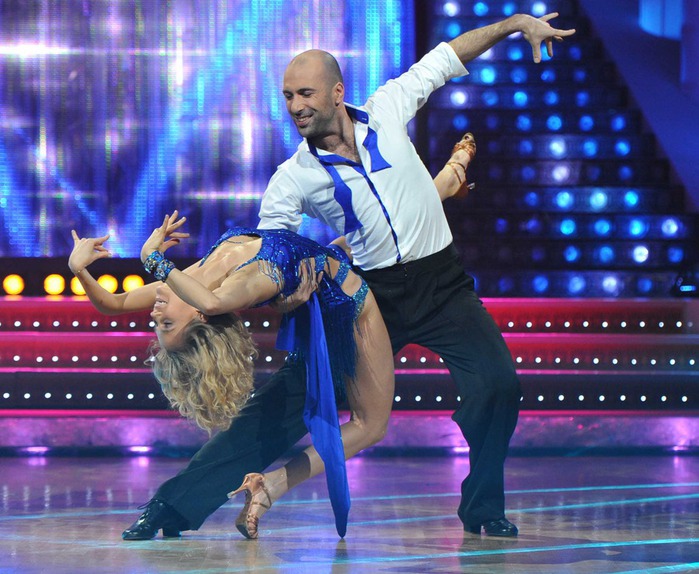 Both have a majority, but 102 has 6 judges placing them 1st or 2nd while 101 only has 5 judges placing them 1st or 2nd. Therefore, 102 will be awarded 1st place as they have a higher majority.
Both have a majority, but 102 has 6 judges placing them 1st or 2nd while 101 only has 5 judges placing them 1st or 2nd. Therefore, 102 will be awarded 1st place as they have a higher majority.
In some cases, dancers can be tied under a majority and have the same number of judges making up that majority. In this case, another tie-breaker takes place, whereby the lowest accumulation of the marks making up majority takes the placements. Here's an example:
103 1, 2, 2, 3, 3, 4, 5, 5, 5
104 1, 1, 2, 3, 3, 4, 5, 5, 5
In the above example, both dancers have a majority under 3rd (with 5 judges giving them both 3rd or higher placements). As they have a balanced majority (i.e the number of judges), the placements are added together (103 1+2+2+3+3 = 11 and 104 1+1+2+3+3 = 10). As 104 as the lowest accumulated number, they take the placement.
There is a further tie-breaker after this stage but it is rarer. For an overview, please review the document linked above.
Scoring Overall Placements
Once all the individual dances have been placed, the overall scoring takes place. In this process, the dancers individual places are added together with the lowest winning the division, followed by second lowest, third, etc. Here is an example:
101 1st, 3rd, 4th = (1+3+4) = 8 = 3rd Place Overall
102 3rd, 1st, 3rd = (3+1+3) = 7 = 2nd Place Overall
103 2nd, 2nd, 2nd = (2+2+2) = 6 = 1st Place Overall
104 4th, 4th, 1st = (4+4+1) = 9 = 4th Place Overall
In the above example, we can see that the aggregation of the individual marks for each dancer has helped us place the overall. 103 has been awarded 1st Place as the addition of the three dances is the lowest out of the four competitors. 102 is placed 2nd, 103 placed 3rd, and 104 gets awarded 4th place.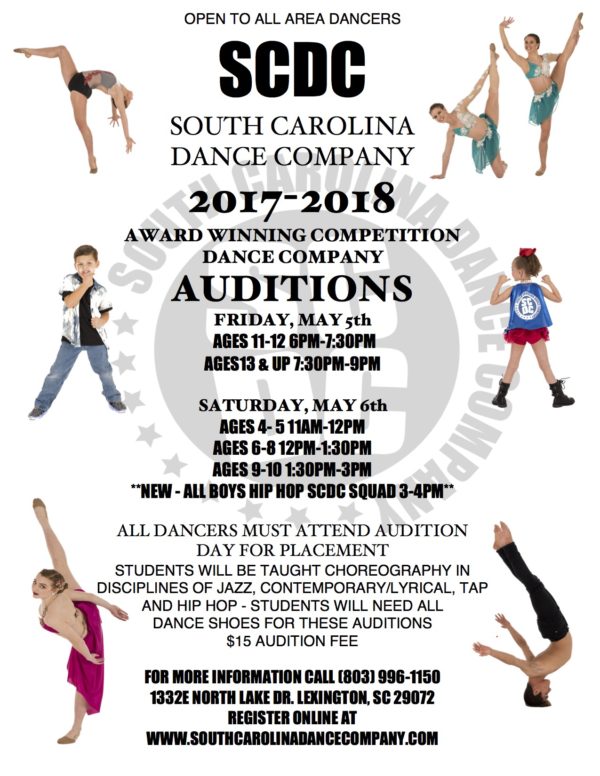
There are multiple tie-breakers that can take place here when aggregated marks are the same. If you are interested in learning more about those, please read the document linked above.
We hope that this page sheds some light onto the scoring process at World Dance Masters.
How Dance Competitions Work | QC Dance Studio
Your Complete Guide to Understanding How Dance Competitions WorkRated one of the top elite dance competition studios in the nation, QC Dance Studio helps readers understand exactly how dance competitions work in this article. We cover:
- How dance competitions work
- When dance competitions typically get started
- The different categories at dance competitions, including:
- Age
- Style
- Group size
- Dancer level
- How dance competitions are scored
- Understanding the difference between overalls and adjudication
- Whether or not dancers can compete without a studio
- Benefits of joining a dance competition studio
Whether you’re the parent of a child involved with a competition dance team or are a competitive dancer yourself, you probably have questions about how dance competitions work if it’s your first season.
Dance competitions can be a bit intimidating to newcomers — and they should be! After all, a competition pits the best of the best against one another to see who will be named the champion. It takes a lot of hard work and dedication to enter a dance competition, and it’s important to understand how it all works before getting started so you can achieve the best results.
Because dance is a subjective art form and because there is no universally governing body over dance competitions, each one operates a little differently. In general, you can expect a competition to last between one day and three to four days, with some areas of the country hosting competitions as long as five days.
During the competition, dancers in a variety of categories compete against one another in front of a panel of judges to receive feedback, adjudication scores, and placement awards. Typically, competitions will group dancers according to one or more category to make the adjudication process easier.
In the United States, regional dance competition season starts up in January and ends in June. National competitions begin in June and usually end in July or early August, depending on the competition schedule and number of competitors. Typically, events will take a break during major holidays, such as Easter weekend. However, some competitions still decide to run no matter what the holiday might be.
Different Categories at Dance CompetitionsJudges must take several factors into consideration when scoring dancers in a competition. Popular competition categories include:
Dancer AgeYou wouldn’t hold a foot race between a full-grown man and a toddler if you were interested in a fair outcome. For the same reasons, dancers are usually categorized by age range in a competition setting. At Star Talent Dance Competition, for instance, the following age divisions are used to categorize dancers:
- Mini: Aged 6 and under
- Petite: Aged 7 – 9
- Junior: Aged 10 – 12
- Teen: Aged 13 – 15
- Senior: Aged 16 – 19
- Adult: Aged 20 and older
Along with the age range, dance competitions categorize competitors based on dance style. What style categories are represented will depend on the specific competition; however, most dance competitions aim to be all-inclusive, spanning a broad variety of styles. At Legacy Dance Championships, for example, dancers can compete in any of the following styles:
What style categories are represented will depend on the specific competition; however, most dance competitions aim to be all-inclusive, spanning a broad variety of styles. At Legacy Dance Championships, for example, dancers can compete in any of the following styles:
- Acro/Gym
- Ballet/Pointe
- Character
- Contemporary/Modern
- Hip-Hop
- Jazz
- Lyrical
- Musical Theatre
- Song & Dance/Vocal
- Tap
This particular dance competition also offers other competition categories, including an “open” specialty category, teacher category, parents category, and wild card category. Be sure to check with your specific competition’s guidelines to see what styles are offered.
Group SizeIt’s also necessary to categorize competitors based on the size of their dance teams.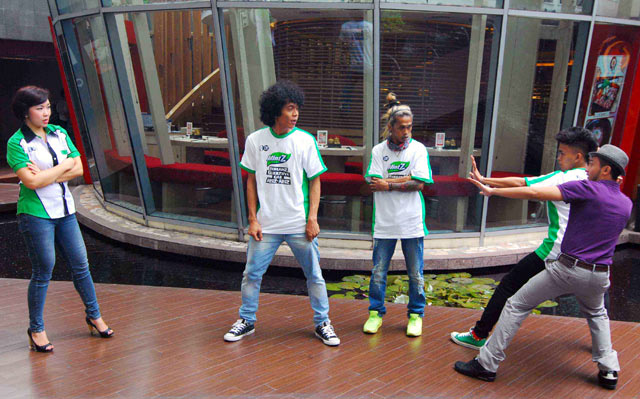 Usually, group sizes are broken down into the following categories:
Usually, group sizes are broken down into the following categories:
- Solo
- Duo/Trio
- Small Group
- Large Group
- Line
- Production
The exact number of dancers that differentiates a small group from a large group and so on really depends on the guidelines for the individual competition. What might be considered a small group in one competition may actually be a large group in another, and vice versa.
Dancer LevelDancer level categories have been slowly introduced at dance competitions over the past 15 years. This category separates dancers based on their experience level. While in the past, dance competitions had only one experience level in which all competitors were placed, today’s competitions have become more nuanced. Now, judges recognize the need to separate the novice competitors from the advanced or pre-professionals.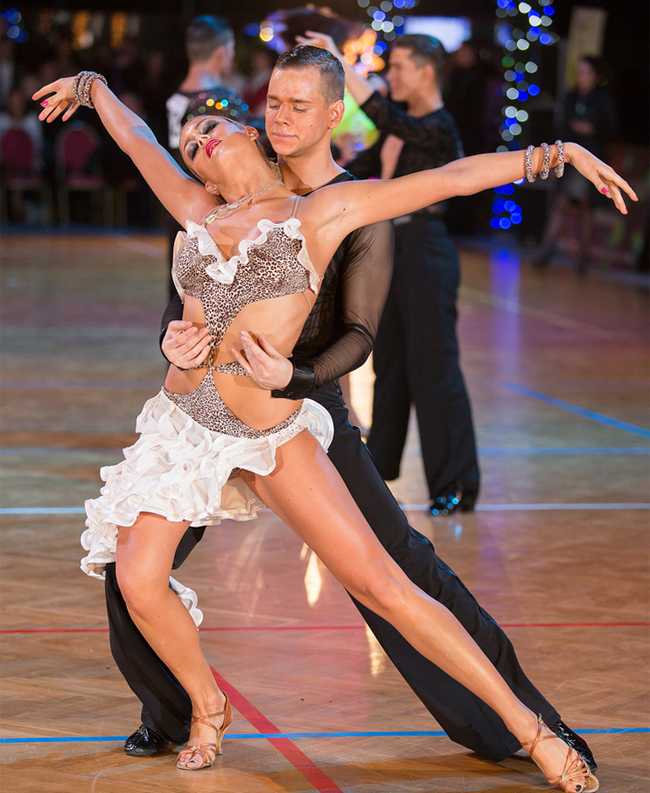 Dance level categories may look something like:
Dance level categories may look something like:
- Novice/Primary
- Intermediate
- Advanced/Pre-Professional
Just like school grades, most dance scores are given on a scale of 100. Three judges provide a score out of 100 based on the dancer’s performance in five key areas: technique, performance, presentation, choreography, and overall impression. Each key area will comprise the partial total of 100, with a typical score sheet looking similar to the following:
- Technique | 40 Possible Points
- Performance | 30 Possible Points
- Presentation | 15 Possible Points
- Choreography | 10 Possible Points
- Overall Impression | 5 Possible Points
This type of scoring methodology is what’s known as “adjudication” in the dance world. Each dancer receives an adjudication score, which is simply their numeric score. At an awards ceremony, adjudication trophies are usually the first to be awarded.
At an awards ceremony, adjudication trophies are usually the first to be awarded.
Along with the adjudicated scores, dancers will also receive an overall award. These awards get more granular about where dancers place in terms of their specific categories, such as age, style, group size, and experience level. Overall awards are where dancers will learn their standings within each category as first, second, third, and so on.
Can You Enter a Dance Competition Without a Studio?While some dance competitions allow dancers to enter as independents, others require entrance with a studio in order to participate. For instance, Platinum National Dance Competition does not allow independent entries. One of the main reasons why dance competitions typically do not permit independent entries is because independent dancers tend to “competition-hop,” attending every competition in the region. If they are particularly good dancers, they can sweep the overalls in each competition, making it unfair.
Being a part of a dance competition studio doesn’t just expand your options for competing, but it also affords many additional benefits, including:
- Technique: By consistently training under the watchful eye of a knowledgeable instructor, dancers are better able to perfect their skill and technique.
- Tenacity: One of the most invaluable lessons dancers learn on a competition team is how to accept and apply constructive criticism.
- Opportunity: Many dance competitions award scholarships, cash prizes, and other opportunities that allow dancers to further their career.
- Friendship: While you might be there to compete against others, dance teams and competition settings are where some of the strongest friendships are forged.
At QC Dance Studio, our dance competition team is open to all who wish to audition.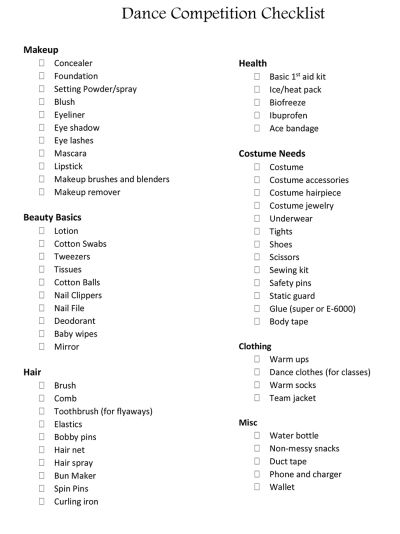 During our annual boot camp in August, dancers will learn the skills necessary to earn a spot on our competition team. Our intensive program helps shape and prepare dancers for a lifelong career in the industry, earning them unique opportunities like performing at the Charlotte Hornets halftime show alongside professional NBA dancers. If you’re serious about furthering your dance training, contact us to sign up for a spot in our boot camp program today!
During our annual boot camp in August, dancers will learn the skills necessary to earn a spot on our competition team. Our intensive program helps shape and prepare dancers for a lifelong career in the industry, earning them unique opportunities like performing at the Charlotte Hornets halftime show alongside professional NBA dancers. If you’re serious about furthering your dance training, contact us to sign up for a spot in our boot camp program today!
Categories of competitions Beginner dancers - Dance2day
from Andrei Kononenko
Mass sports are groups of Beginner dancers, divided by the level of dance training and the number of dances studied H-3, H-4 5, N-6, N-8, N-10 (Beginners in 3rd dances, 4,5,6…). Competitions are held for soloists, couples, duets, trios, teams
General concepts
- Pair is two dancers, one of which is male and the other is female.
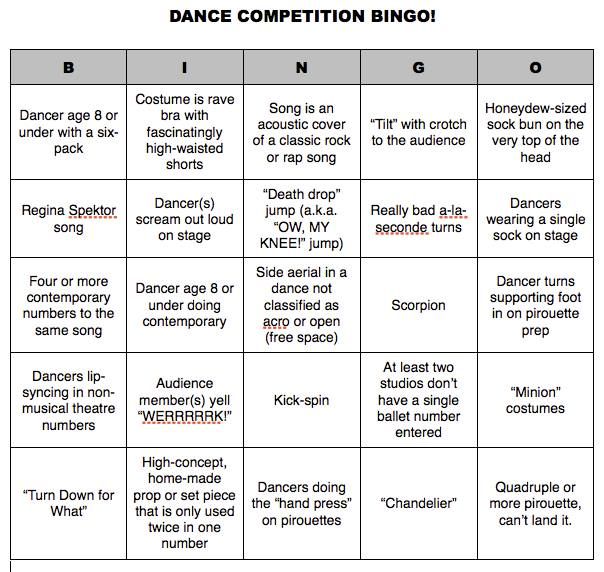
- Duo are two dancers of the same gender.
- Trio is three dancers of the same or two genders.
- Team is a group of athletes united by a common desire to achieve the highest sports results, performing together in competitions. The size of the team is determined by the regulation on the competition, but not less than 6 people.
Competition programs Mass sports
-
Certification. Solo, couples
-
Cup competitions. Solo, Doubles
-
Super Bowl competition. Solo, Couples
-
Synchronized performance. Cup competitions. Duets, Trios
-
Synchronized performance. Teams. Mandatory program
-
Synchronous execution. Teams. Freestyle.
Competition programs and rules
| 1 | Certification
| ||||
| 2 | Cup competitions
| ||||
Superceps
| |||||
| 4 | Synchronous version. Cup competitions.
Rules for synchronized performance Dancers’ compositions are composed according to the European and Latin American programs according to the rules “On dances, permissible figures and musical accompaniment”
| ||||
| 5 | Synchronous version. Teams. Compulsory program
Team judging criteria The team is judged as a whole, not by individual members. Judges give teams two scores on a 3-point system. The counting committee sums up the results of the teams' performances according to the rules of the H-2 group. 1) evaluation - technique; 2) assessment - artistry.
Dance sportI would like to answer a frequently asked question that interests both spectators and dancers alike: By what principles does the judge evaluate the performance of a couple? There are too many criteria on which the judge could evaluate to consider each in detail in the time allotted for the performance, especially since at least six couples are judging at the same time. Therefore, the judge relies on the overall impression that the couple leaves. An experienced judge sees the estimated dance in a complex way and can quickly evaluate all factors. POSITION IN PAIR is one of the most important points. A good position gives the couple grace and lightness, improves balance, makes it easier to lead and allows the partner to keep in touch, especially in swing dances. The result of the competition often depends on the correct posture. Hence the old adage, "Constant work on posture is the key to improvement." RHYTHM - if a couple does not dance to the beat of the music, no skill in any other aspect can hide or compensate for this. Music is everything! LINE - by this we mean the length and stretch of the body from toe to head. Beautiful and well-executed lines, directly or indirectly increase the volume of the figures. FRAME - the correct fixed position of the hands, established in closed dances. The line of the partners' hands should be straight from elbow to elbow. The hands should form a kind of oval, which, when the volume of the frame changes, should retain its shape so that the partners remain in the correct position relative to each other, do not fall out. BALANCE. There are two types of balance - neutral and central. With central balance, the weight of the body is evenly distributed on both legs. In neutral - body weight on one leg. The whole dance is a transition from neutral to central balance and vice versa. If the couple is not in a state of balance, the dance becomes heavy, the lines break, in the end you can just fall. DISTANCE BETWEEN PARTNERS - must be sufficient so that the partners do not interfere with each other. At the same time, one should not forget that if the distance is too great, it will be difficult for partners to find balance - the dance will lose its lightness. MUSICALITY - all movements in the dance must correspond to the specifics of the music - strong beats stand out, weak beats are worked out smoothly. For example, in rumba, one step falls on the beat itself, and the duration of the note (the “and” count) is the reduction, the work of the hips. PERFORMANCE - are the couple dancing emotionally, showing the audience their attitude to the music, or are they gritting their teeth with a smart expression trying not to forget the composition? ENERGY — The energy of dance captures the audience. I noticed that in jive there is always the brightest couple that wins this dance. But energy must be controlled. For example, powerful movement is very useful in the waltz and foxtrot, but only if it is achieved through swing, and not just stride length. The movements must match the music. For example, in a slow waltz, the accumulation of energy occurs due to the decrease between the counts of "three" and "times". And the release of energy at the count of "ones" should be controlled (so as not to slip through the count of two, which your obedient servant — AI often sins with) and be maintained when growing by "two" and "three". LEG AND FOOTWORK — sliding movement (as if on skis) of the foot on the floor in foxtrot gives smoothness; intentionally lifting the foot in tango emphasizes staccato; the correct work of the knees gives the rumba some “fashion”, and the tension of the socks is not a support for the leg, but an increase in the length of the line. The use of these four techniques and the correct work of the foot of the skating foot allows you to achieve a powerful and quick step. SHAPE is a separate conversation. It is needed in order to elegantly show the partner to the audience and judges (for example, in the classic “cloak” figure for paso doble or after pivots in tango - there are a lot of examples). Shape is achieved in various ways. In the standard, the shape is achieved by stretching the lady up and to the right of the man. INTRODUCTION — Well, I think everything is clear here. The only criterion is that the partner should be light. FLOORCRAFT — "Vision of the parquet" This concept includes not only the ability to avoid a collision, but also the ability to dance non-stop surrounded by other couples when it seems that there is nowhere to go. This is where the dancing of the couple manifests itself - the partner must choose the right directions and lead the partner, and she, in turn, must understand what the partner wants from her in this or that situation. STYLE OF THE COUPLE - How the couple looks together, costumes, behavior on the floor. This is also far from the most recent evaluation criterion. Judges evaluate the above criteria differently. One may be interested in technique, another in choreography, a third in artistry or composition. The referee only sees the couple for a few seconds. At this point, a strong pair can make a mistake and get low scores, while a weak pair can show several elements cleanly and without errors and get high. It has an element of roulette. Dancers, rest assured that every qualified judge judges you only by your work. Most judges value their reputation and do their work in good faith. Judges, of course, try to stretch their own, but professionals do it within reasonable limits. One way or another, not a single judge will be able to unequivocally pull you into first place or fill you up. |
 The maximum score is 3 points for each dance, the result is calculated as the arithmetic mean of the sum of judges' scores for all dances.
The maximum score is 3 points for each dance, the result is calculated as the arithmetic mean of the sum of judges' scores for all dances.  The winners receive cups.
The winners receive cups. 
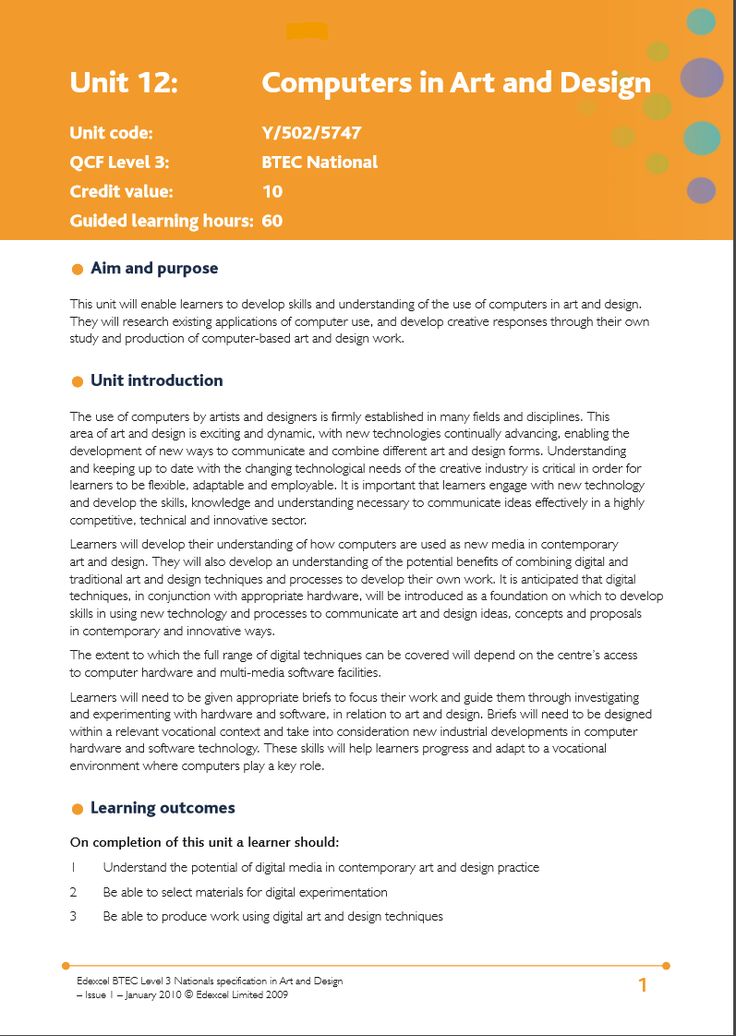
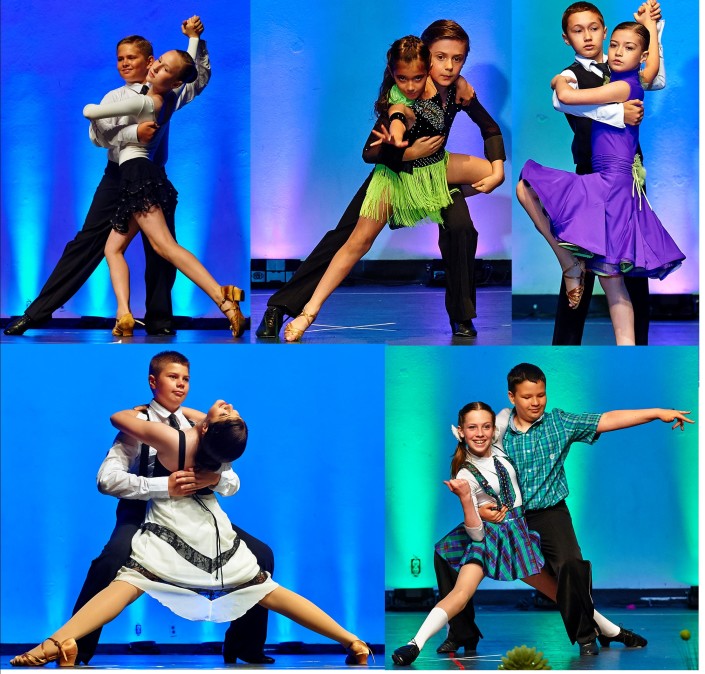

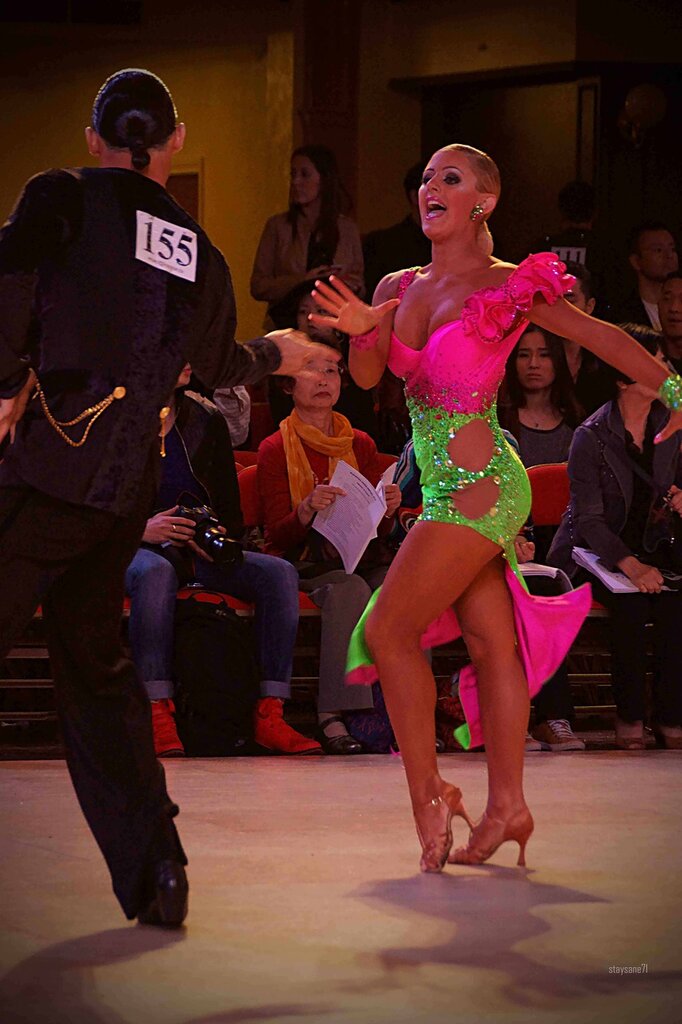 The couple must be beautiful.
The couple must be beautiful. 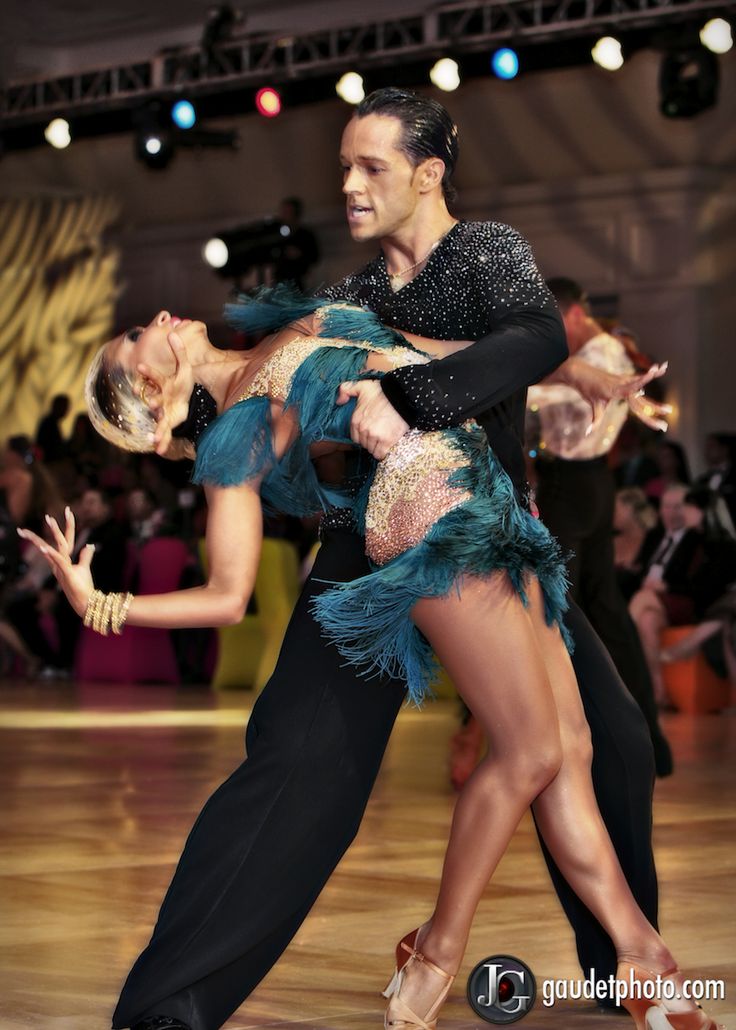 The longer the “and” count, the faster and more expressive the rumba. In tango, the legs dance quite viscous, and the head movements are very active. This achieves both speed and smoothness.
The longer the “and” count, the faster and more expressive the rumba. In tango, the legs dance quite viscous, and the head movements are very active. This achieves both speed and smoothness.  The same is true for other dances.
The same is true for other dances. 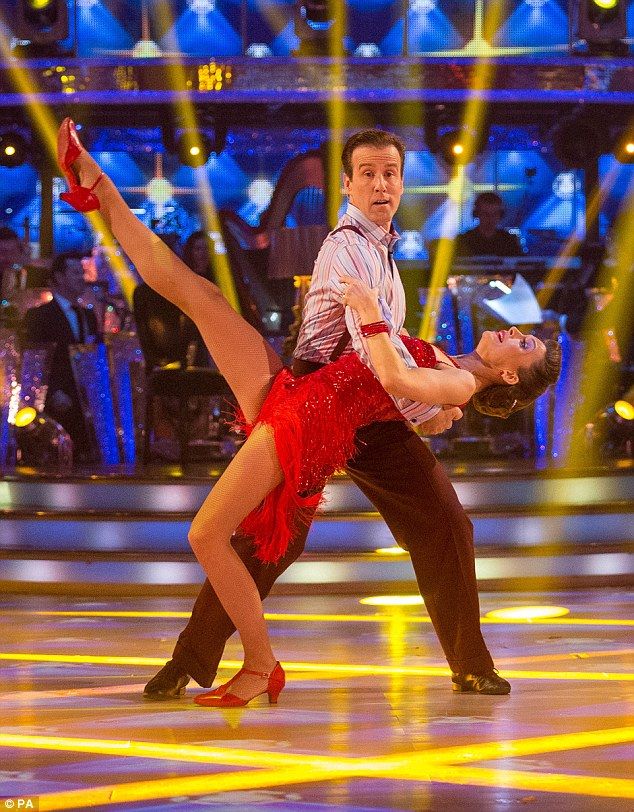 It is impossible to achieve lightness if it is not done correctly. Each person is individual, so the study of a partner is a long and hard, but very necessary work. It is extremely rare to achieve complete mutual understanding (such couples become great), more often partners simply adjust to each other.
It is impossible to achieve lightness if it is not done correctly. Each person is individual, so the study of a partner is a long and hard, but very necessary work. It is extremely rare to achieve complete mutual understanding (such couples become great), more often partners simply adjust to each other. 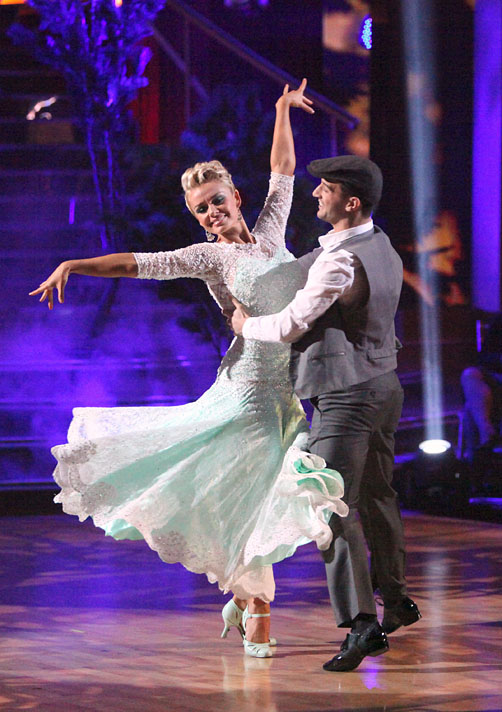 All of these factors are important and should be evaluated. In practice, sometimes a couple receives incommensurable marks - from 1 to the last place. Dancers asking themselves the question: "What did the judge see that gave such a high (low) mark?" - must understand that any of the criteria could affect. Sometimes the correct work of the foot will not give such a high score as the accurate picking up of the legs in the 6th position.
All of these factors are important and should be evaluated. In practice, sometimes a couple receives incommensurable marks - from 1 to the last place. Dancers asking themselves the question: "What did the judge see that gave such a high (low) mark?" - must understand that any of the criteria could affect. Sometimes the correct work of the foot will not give such a high score as the accurate picking up of the legs in the 6th position. 